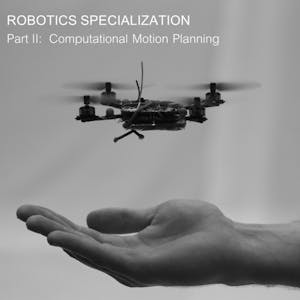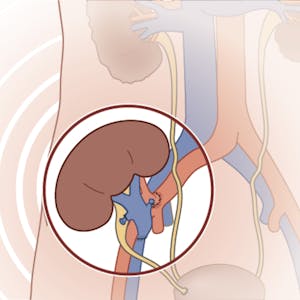Robotics: Computational Motion Planning
About this Course
Robotic systems typically include three components: a mechanism which is capable of exerting forces and torques on the environment, a perception system for sensing the world and a decision and control system which modulates the robot\'s behavior to achieve the desired ends. In this course we will consider the problem of how a robot decides what to do to achieve its goals. This problem is often referred to as Motion Planning and it has been formulated in various ways to model different situations. You will learn some of the most common approaches to addressing this problem including graph-based methods, randomized planners and artificial potential fields. Throughout the course, we will discuss the aspects of the problem that make planning challenging.Created by: University of Pennsylvania

Related Online Courses
Kidney transplantation is a major advance of modern medicine which provides high-quality of life for patients with end-stage renal disease. What used to be an experimental, risky, and very limited... more
This course aims to provide participants with a comprehensive understanding of incident response processes and workflows. The course covers various aspects of automating incident response... more
In this MOOC, we will learn the basic concepts and principles of crytography, apply basic cryptoanalysis to decrypt messages encrypted with mono-alphabetic substitution cipher, and discuss the... more
This is a four-module course that guides you through some fundamental concepts of Inclusion, Diversity, Equity and Access, with the goal of emerging as a change agent using your spheres of... more
In this guided project you will learn how you can create a social media presence for your small business and how you can use the Canva platform to do so. Canva is a graphic design web platform... more








